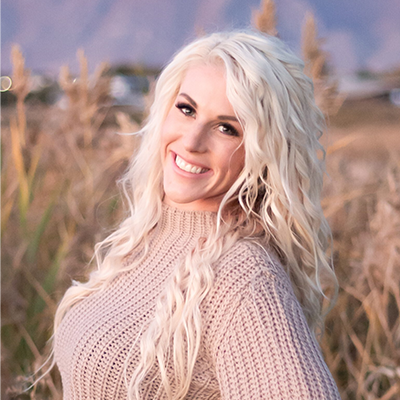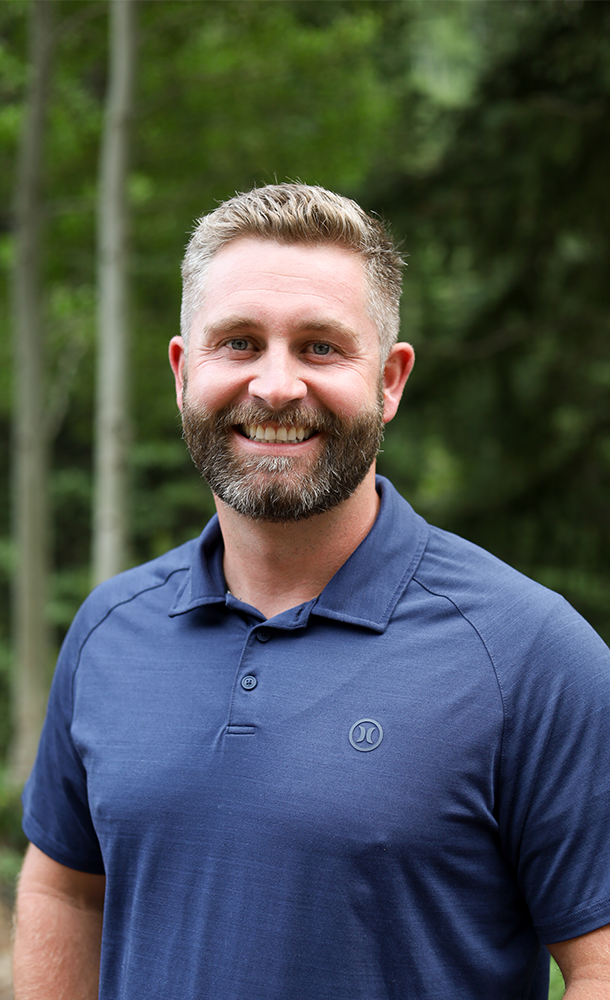As a rancher, you’ve experienced the impact that low precipitation can have on the forage yield on your land and your operation’s profitability. Whenever rainfall is below average, your operation is at risk. Of course, risk is inherent to ranching, but what if there were ways you could better plan and mitigate those risks? Pasture, Rangeland, and Forage insurance has been an innovative risk management tool for the ranching industry. Let’s take a quick dive into the basics of PRF and its place in a healthy risk-management strategy.
PRF is the Rancher’s Crop Insurance
A rancher’s crop is the forage grown on their land, which is harvested by their livestock to produce nutritious protein for our tables. But instead of measuring your land’s actual forage yield, (as would be the case with corn or soybean farmers at harvest time), PRF Insurance is based on the direct correlation between rainfall and forage growth to insure ranchers against rainfall volatility and the effect it can have on their bottom line.
When an insured producer's operation experiences precipitation that is lower than the 70-year average, PRF will provide them with cash indemnity payments. This money can be used by the producer however they see fit, such as to supplement forage loss, purchase replacement heifers, or simply add to savings.
PRF is a federally subsidized program administered by the USDA Risk Management Agency (RMA) and sold through private insurance companies. It was created to protect the US food chain and to benefit you, the livestock producer.
How Does PRF Work?
PRF uses historic NOAA rainfall measurements, GIS Grids, and USDA subsidies to compensate ranchers when rainfall is low on their land. PRF is based on your area’s average rainfall, and lower-than-average precipitation triggers indemnity payments to insured producers.
How Does PRF Pay Indemnities?
PRF pays an indemnity when rainfall on your land is less than 90% of the 70-year average.

For example, if 90% of the 70-year average rainfall in your area is 30 inches, and this year’s rainfall was 10 inches, then you’d be paid an indemnity for the deficit. And, you’re not limited to only insuring land that you own individually; you can cover any grazing or haying ground that you run on, including private land and state or Federal leases.
However, deciding where to place your coverage is the key to your PRF policy’s performance, and for that, we need to understand grid allocation.
Grid Allocation
We can’t fully grasp grid allocation without knowing what grids actually are. So, what are grids? All land in the United States is divided into approximately 13x17 mile grids. When determining your PRF coverage, you’ll use the grids that make up any haying or grazing land that you run on to decide which grids to place, or “allocate”, your coverage. Using NOAA rainfall data, The USDA then measures rainfall within these specific grids to identify when your land has experienced lower-than-average rainfall. If the insured grids on your land have experienced lower-than-average rainfall, then you will automatically be issued an indemnity payment to mitigate your incurred loss without needing to file a claim or meet with an adjuster.
Proper grid allocation on your land can have a massive impact on your policy’s performance. This is where Redd Summit Advisors stands out. Where others analyze your land on a basic spreadsheet, Redd Summit runs your land through their intensive software to simulate hundreds of thousands of policy scenarios and identify grids and monthly intervals with the highest potential to trigger and indemnity payment. You can then choose a customized policy that maximizes the potential benefit of your coverage while minimizing any potential risk to your operation by ensuring that it is based on the best grid allocation possible.
USDA Subsidy
One of the best parts about PRF insurance is that it is USDA-subsidized and included in Title XI of the Farm Bill, which means that you may not have any out-of-pocket cost for your coverage.
The USDA subsidy ensures that the rancher is not on the hook for the entire premium for a PRF policy, as a portion of it is paid by the US government. Again, this is due to the government’s commitment to the US food supply chain, thereby benefiting you, the producer! There is no money due up-front, and any indemnity payment you receive first goes towards paying your premium until the balance is paid in full. This means you may not have a premium due when its due date arrives, and once the premium is satisfied, any remaining indemnity is issued straight to you!
How to Sign Up
If you think PRF insurance has the potential to benefit your ranch, or even if you’re not sure, you owe it to yourself and the future success of your operation to at least get the numbers and talk to an expert about PRF Insurance!
You can visit www.reddsummit.com to input your information and request a quote or give them a call at (435)-625-1022 to run your numbers and assess your loss risk based on historic rainfall volatility data gathered by their intensive software. They’ll supply you with a free policy preview, or you can schedule a 30-minute consultation to better understand the impact PRF insurance could have on your ranch.
If you decide to move forward with a PRF policy through Redd Summit Advisors, you can be assured that their experts will find you the best grids to work with, analyze your rainfall volatility, and help you assess your risk to maximize your potential for a positive return. They will also be with you every step of the way throughout the year with monthly statements, weather reports, and all access to their industry experts!




.webp)




